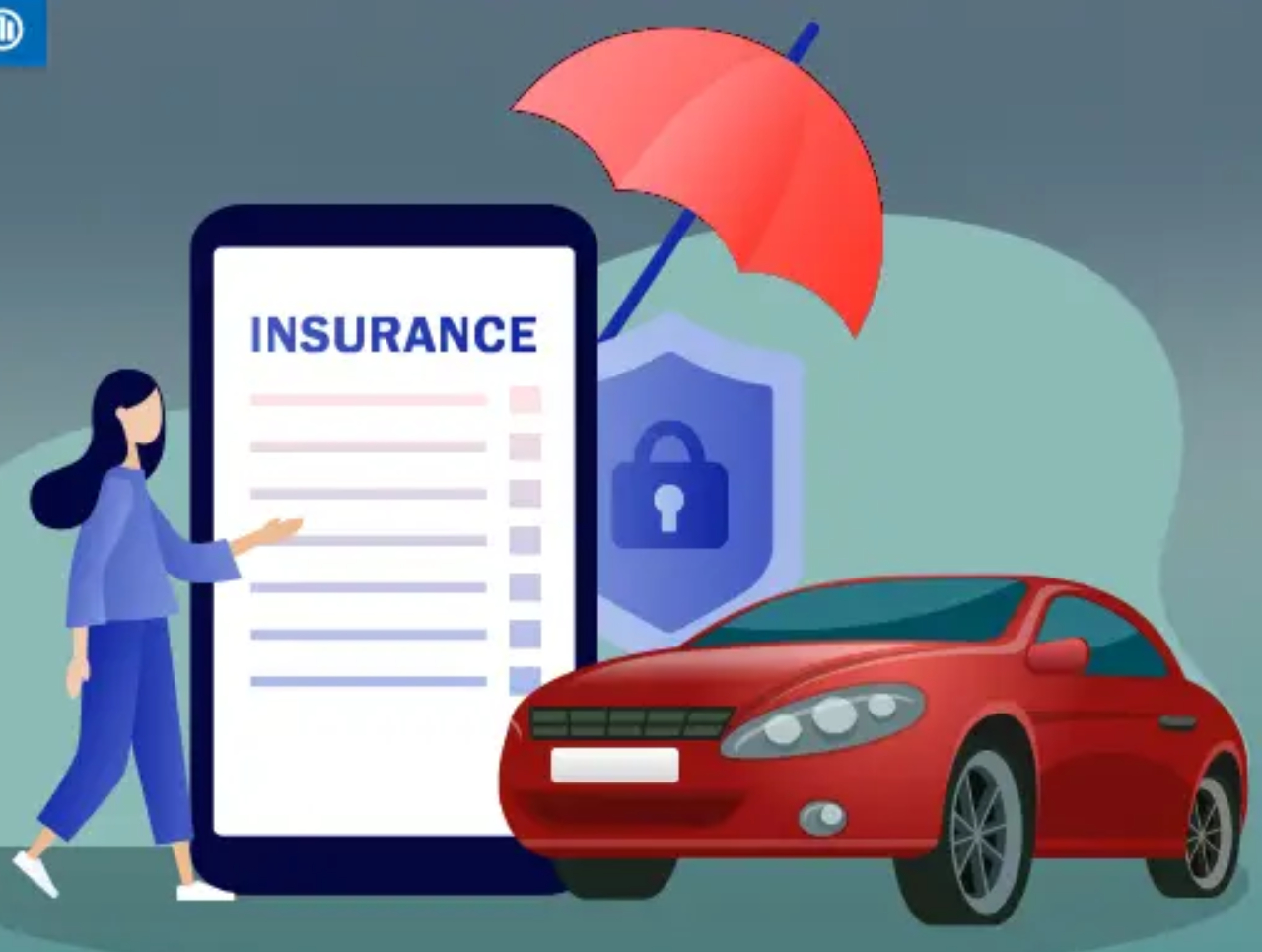As a responsible driver, you know that auto insurance is a necessity. However, determining how much coverage you need can be a confusing process. In this article, we’ll break down the different types of auto insurance coverage and help you determine how much coverage is right for you.
Liability Coverage
Liability coverage is the most basic type of auto insurance coverage. It covers damage you cause to other people’s property or injuries you cause to other people in an accident. Most states require drivers to carry liability insurance, but the amount of coverage required varies by state.
In general, we recommend carrying liability coverage that provides at least $100,000 in bodily injury coverage per person, $300,000 in bodily injury coverage per accident, and $50,000 in property damage coverage. However, if you have significant assets, such as a home or savings, you may want to consider increasing your liability coverage to protect those assets in the event of a lawsuit.
Collision Coverage
Collision coverage pays for damage to your vehicle in the event of an accident, regardless of who is at fault. If you have a newer car or a car that is worth a significant amount of money, we recommend carrying collision coverage.
The amount of collision coverage you need depends on the value of your car. You’ll want to make sure your coverage is high enough to cover the cost of repairing or replacing your car if it is damaged in an accident.
Comprehensive Coverage
Comprehensive coverage pays for damage to your car that is not caused by an accident, such as theft, vandalism, or natural disasters. If you have a newer car or a car that is worth a significant amount of money, we recommend carrying comprehensive coverage.
The amount of comprehensive coverage you need depends on the value of your car. You’ll want to make sure your coverage is high enough to cover the cost of repairing or replacing your car if it is damaged in a non-accident-related incident.
Personal Injury Protection (PIP)
Personal injury protection (PIP) coverage pays for medical expenses and lost wages for you and your passengers in the event of an accident, regardless of who is at fault. PIP coverage is required in some states, but optional in others.
If you have health insurance that covers auto accidents, you may not need PIP coverage. However, if you don’t have health insurance, or if your health insurance has high deductibles or co-pays, we recommend carrying PIP coverage.
Uninsured/Underinsured Motorist Coverage
Uninsured/underinsured motorist coverage pays for damages and injuries you sustain in an accident caused by someone who doesn’t have insurance or doesn’t have enough insurance to cover your damages. This coverage is optional in most states, but we recommend carrying it.
The amount of uninsured/underinsured motorist coverage you need depends on the amount of liability coverage you carry. We recommend carrying the same amount of uninsured/underinsured motorist coverage as your liability coverage.
Conclusion
Determining how much auto insurance coverage you need can be a daunting task, but it’s important to have enough coverage to protect yourself and your assets. We recommend carrying liability coverage that provides at least $100,000 in bodily injury coverage per person, $300,000 in bodily injury coverage per accident, and $50,000 in property damage coverage, as well as collision and comprehensive coverage if you have a newer car or a car that is worth a significant amount of money.



